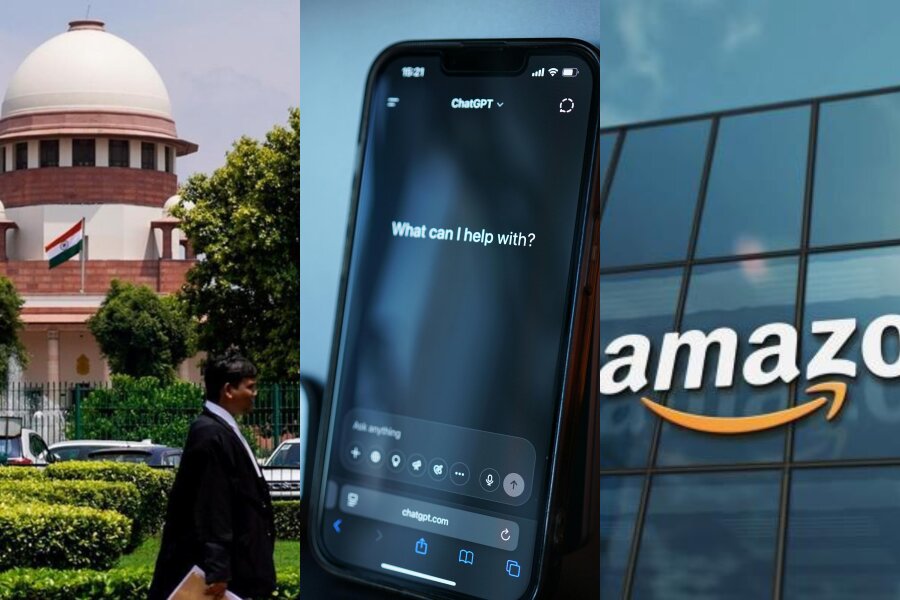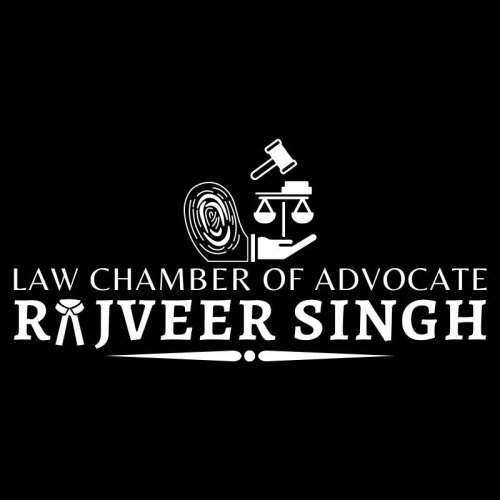Best Art & Cultural Property Law Lawyers in Gaya
Share your needs with us, get contacted by law firms.
Free. Takes 2 min.
List of the best lawyers in Gaya, India
About Art & Cultural Property Law in Gaya, India
Art & Cultural Property Law in Gaya, India, is a specialized legal field that deals with the protection and preservation of cultural heritage, artifacts, and artworks significant to the region’s rich history and traditions. Gaya, known for its historical and religious significance, contains a wealth of cultural treasures that require legal frameworks to ensure their protection and appropriate handling. The laws in this field aim to safeguard these cultural properties from illicit trade, theft, and damage, while also addressing issues related to ownership and restitution to original custodians.
Why You May Need a Lawyer
Engaging a lawyer becomes essential when dealing with complex issues surrounding the ownership, protection, and transaction of art and cultural properties. Common situations include:
- Resolving disputes over the ownership of cultural artifacts or artworks.
- Navigating the legal requirements for exporting or importing art and antiquities.
- Seeking restitution for stolen or illicitly traded artifacts.
- Compliance with local and international cultural property laws.
- Advising on the legal aspects of art transactions and the creation of art galleries or exhibitions.
Local Laws Overview
The key aspects of local laws relevant to Art & Cultural Property Law in Gaya include:
- Antiquities and Art Treasures Act, 1972: National legislation that governs the export and trade of antiquities, detailing specific criteria and permissions required for legal compliance.
- The Indian Treasure Trove Act, 1878: Regulates the discovery and claims over treasure troves found within the region, ensuring they are reported and handled according to legal procedures.
- Bihar State Government Regulations: These regulations may impose additional protective measures for cultural properties within Gaya, reflecting local priorities and cultural sensitivities.
Frequently Asked Questions
What is considered cultural property under Indian law?
Cultural property typically encompasses movable and immovable heritage, including artwork, manuscripts, monuments, and religious artifacts considered of archaeological, historical, or cultural significance.
Can cultural artifacts be sold legally?
The sale of cultural artifacts is heavily regulated. It requires adherence to legal stipulations, such as the Antiquities and Art Treasures Act, which governs the sale and trade of artifacts over 100 years old.
How can I verify the authenticity of an antiquity?
A qualified expert in art history or archaeology could help authenticate antiquities. Legal documentation and provenance checks are also necessary steps in verification.
What should I do if I discover an ancient artifact on my property?
You must report such findings to local authorities or the Archaeological Survey of India to ensure compliance with the Treasure Trove Act and appropriate preservation under law.
Is it possible to get a cultural artifact returned to its place of origin?
Yes, restitution processes exist, and they may require legal actions including negotiations, documentation of ownership history, and sometimes diplomatic engagement between countries.
Are there penalties for illegally trading art and antiquities?
Yes, penalties can include fines, imprisonment, and confiscation of the artifacts involved. The severity depends on the nature of the offense and applicable laws.
How are art auctions regulated in India?
Art auctions need to comply with relevant trade laws, ensuring all items are legally acquired and documented. Auction houses must also conduct due diligence on the provenance of art pieces.
What is the role of the Archaeological Survey of India in cultural property protection?
The ASI is a governmental body responsible for archaeological research, conservation, and preservation of cultural sites and artifacts across India, including Gaya.
Can modern art also fall under cultural property law?
Yes, modern art may also fall under legal scrutiny if it's of significant cultural, historical, or economic value, requiring adherence to laws regarding art transactions and protection.
How can local communities safeguard their cultural heritage?
Communities can engage in preservation efforts, education on cultural rights, collaboration with legal experts, and actively reporting any illicit activities concerning their cultural heritage.
Additional Resources
- Archaeological Survey of India (ASI): Responsible for archaeological research and the preservation of cultural heritage.
- Ministry of Culture, Government of India: Offers support and information regarding cultural preservation initiatives.
- Bihar State Department of Art, Culture, and Youth: Facilitates cultural initiatives and can offer local assistance.
- Legal Aid Services: Various legal aid organizations provide pro bono services for cultural property law issues.
Next Steps
If you find yourself needing legal assistance in Art & Cultural Property Law in Gaya, India, consider the following steps:
- Contact a lawyer specializing in art and cultural property law to discuss your situation.
- Gather all relevant documents and information related to your case or inquiry.
- Visit local government offices such as the ASI bureau in Gaya for guidance and reporting any discoveries or disputes.
- Engage with local or online workshops and seminars to stay informed on developments in this legal field.
Lawzana helps you find the best lawyers and law firms in Gaya through a curated and pre-screened list of qualified legal professionals. Our platform offers rankings and detailed profiles of attorneys and law firms, allowing you to compare based on practice areas, including Art & Cultural Property Law, experience, and client feedback.
Each profile includes a description of the firm's areas of practice, client reviews, team members and partners, year of establishment, spoken languages, office locations, contact information, social media presence, and any published articles or resources. Most firms on our platform speak English and are experienced in both local and international legal matters.
Get a quote from top-rated law firms in Gaya, India — quickly, securely, and without unnecessary hassle.
Disclaimer:
The information provided on this page is for general informational purposes only and does not constitute legal advice. While we strive to ensure the accuracy and relevance of the content, legal information may change over time, and interpretations of the law can vary. You should always consult with a qualified legal professional for advice specific to your situation.
We disclaim all liability for actions taken or not taken based on the content of this page. If you believe any information is incorrect or outdated, please contact us, and we will review and update it where appropriate.








